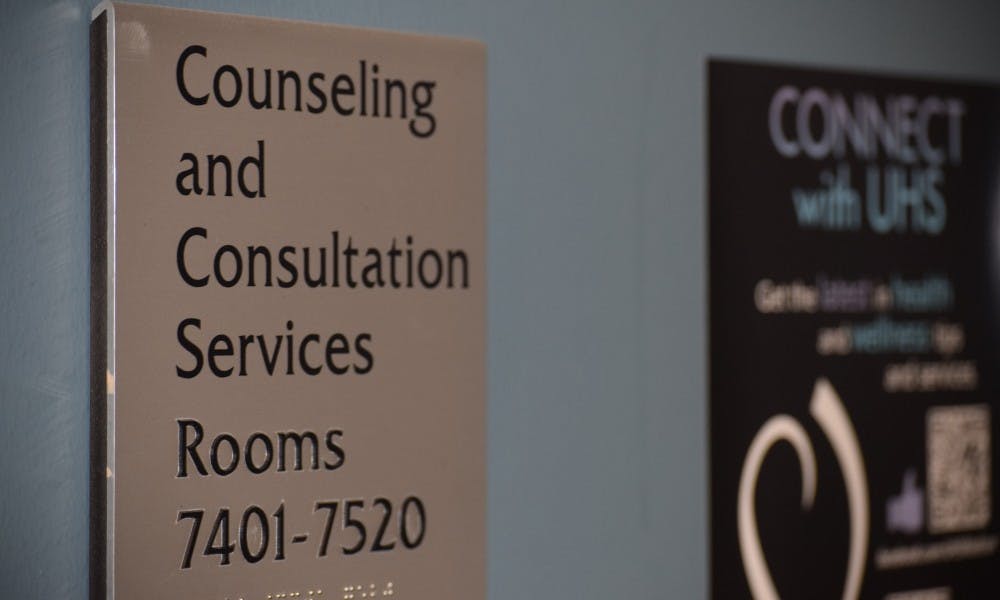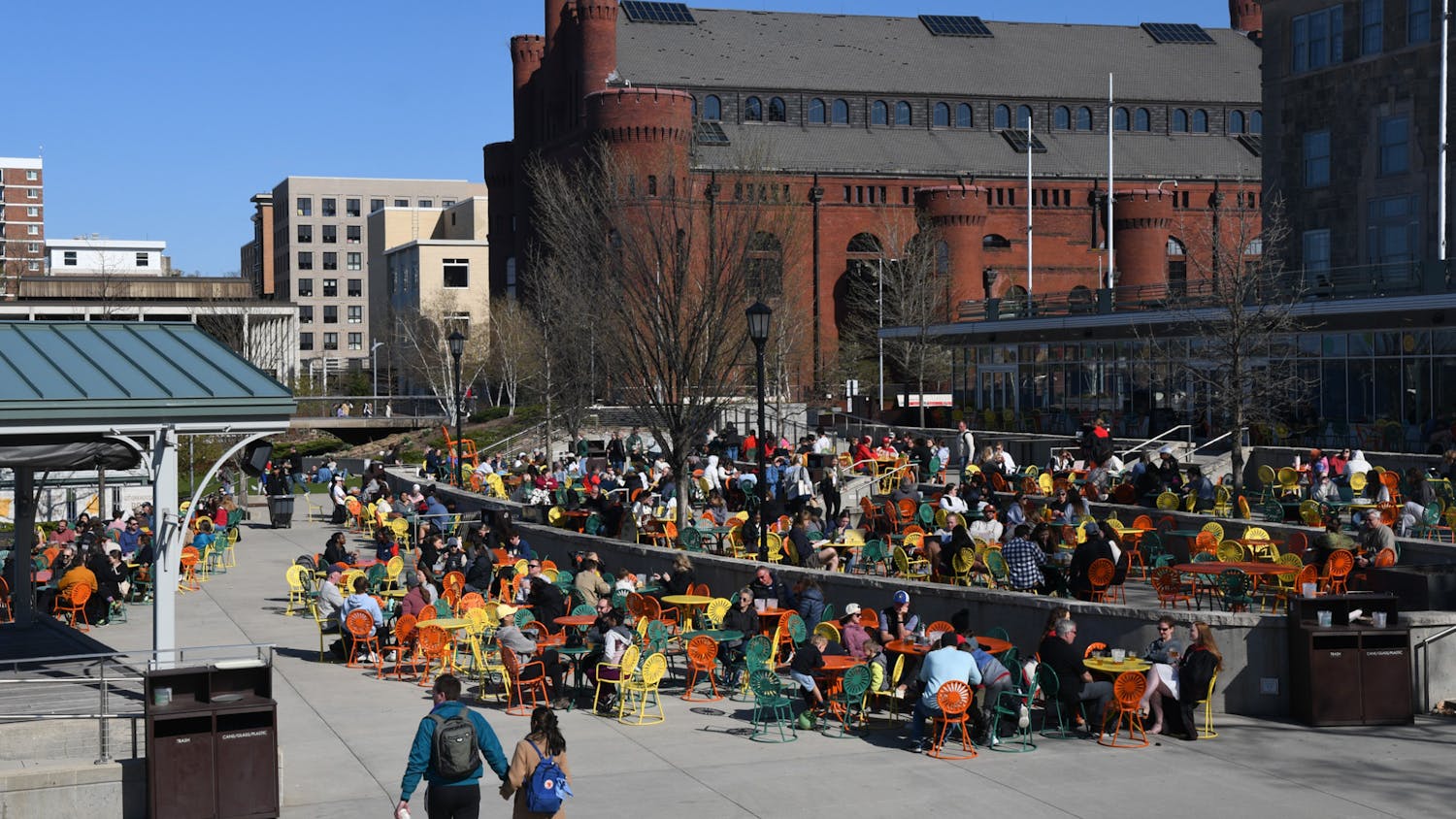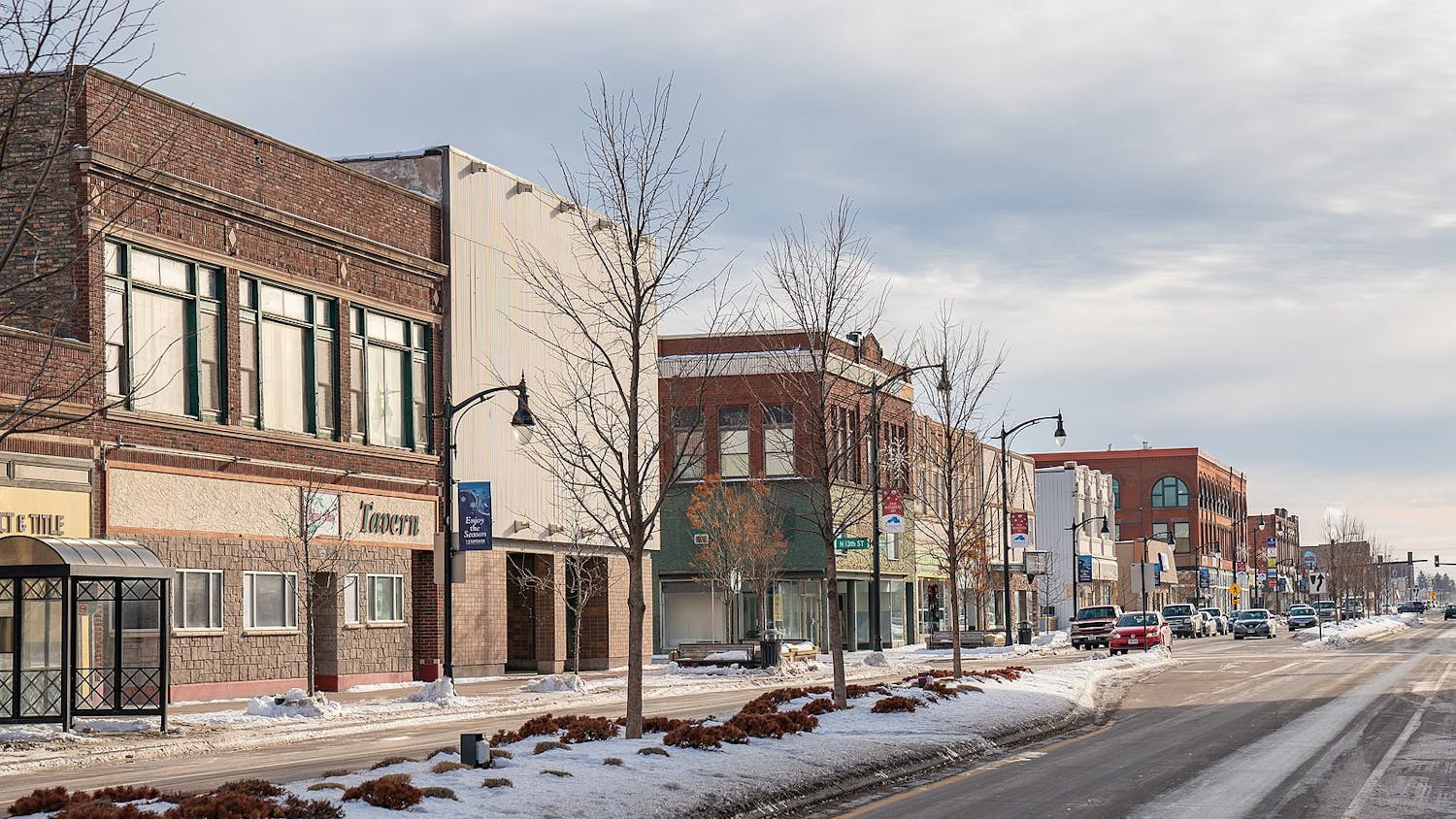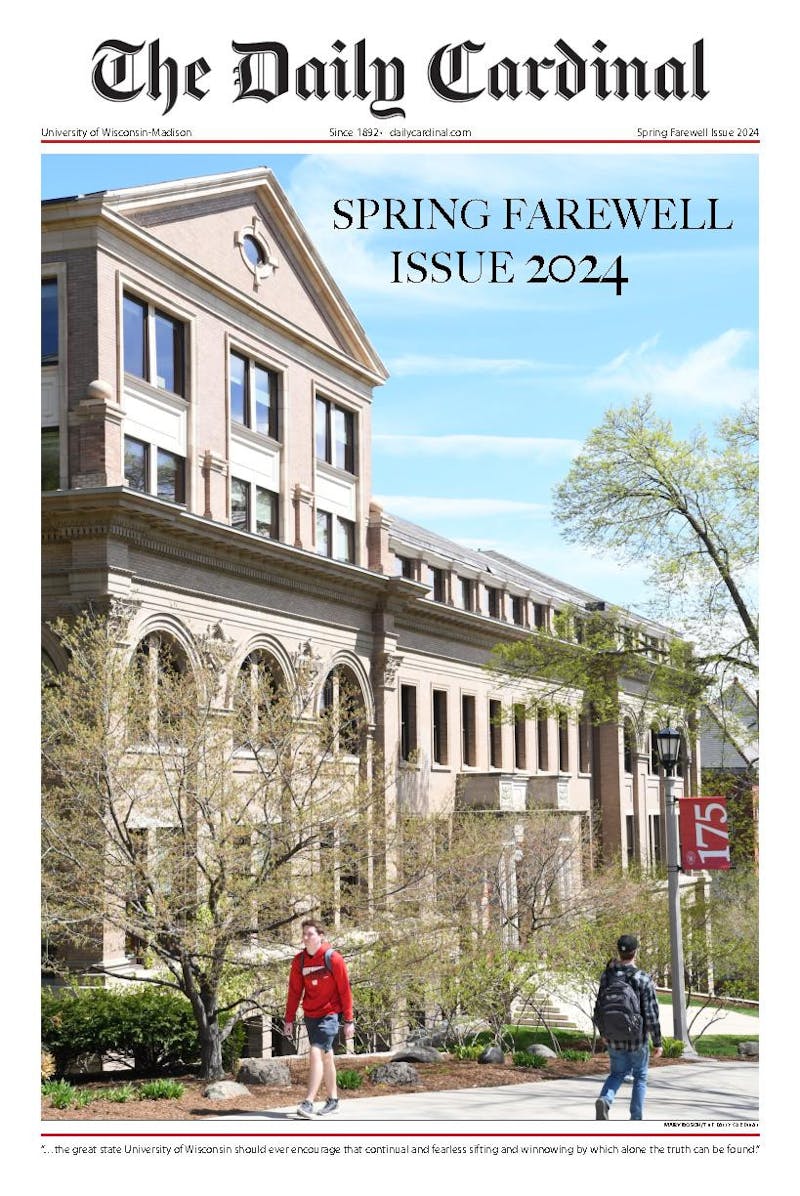Reaching out to UW-Madison’s mental health services can be a challenge for students. But when none of the counselors look like you, booking an appointment can be even harder.
Being a student of color on a predominantly white campus presents unique challenges— challenges that complicate navigating mental health on campus. People of color make up 16.6 percent of UW-Madison’s student population, according to the fall 2018 enrollment report.
Lack of representation and discrimination on campus can significantly impact students’ mental health. In fact, students of color were more likely to have depression, anxiety and even suicidal ideation when compared to white students, found a 2016 UW-Madison Healthy Minds study.
Seeking to provide more support for students of color, University Health Services hired two additional mental health providers of color last year, making the total providers specifically hired for students of color now five. Arlyn Gonzalez Castillo is one of these few providers, serving Spanish-speaking students.
Although any provider can see a student of color, as an alumna of UW-Madison Castillo said she understands the importance of having a trusted counselor who students can turn to when dealing with the unique experience of being a student of color on campus.

“Mental health is definitely debilitating and impactful and something that needs to get addressed, especially for students of color who go through so much more than a white student,” Castillo said. “Identity, sadly, impacts their ability to perform academically, their choice of whether they speak up in class, or whether they’re even going to join an organization because it may be all white and they may not feel comfortable.”
UW-Madison sophomore Gregory Francis Jr. experienced firsthand the isolation and lack of belonging students of color sometimes feel at the university.
“Being a person of color in Madison is sometimes frightful,” Francis said. “Often, I will find myself isolated in academic and research settings, making it difficult to engage to the extent that I would like. I am aware that I stand out at this institution; I try to be my best self (academically, professionally and socially), to hopefully make more of the population more welcoming to others like me.”
The topic of mental health is not always addressed in communities of color. The National Alliance on Mental Illness describes the stigma surrounding mental health in the black community, including lack of trust in receiving treatment and misconceptions surrounding the topic. In an effort to reduce these assumptions, UHS collaborated with the Multicultural Student Center to hold a discussion about the stigma men of color face when accessing mental health care last December.
Castillo hopes students will become more comfortable reaching out to resources before they are in crisis. Specifically, Castillo highlighted the need for having both more providers and spaces for people of color to increase their sense of belonging.
Sophomore student Mory Keita said he struggled because some students hold biases about black men and feels most welcome around those who don’t treat him differently based on how he looks and sounds.
“I feel like some of my classmates apply an implicit bias on me based on the things that they have seen or heard on television,” Keita said. “During my freshman year, I often would be feel discouraged by the fact that I had to work extra hard to show my classmates that their ideal image of all dark skin African American males is completely incorrect.”
While students may request providers of color for different reasons, Castillo said all counselors of color can better understand students’ experiences compared to white staff members.
“There is a common language of what it means to be a student of color in Wisconsin,” Castillo said. “So not having to understand that background and not having to explain that background to a white counselor who may or may not get it. They may be able to sympathize, but they may not be able to actually know what that means.”
A new initiative by the Healthcare Advisory Committee, Equity and Inclusion Committee and UHS hopes to spread awareness of the existing services available for students of color.

In the fall of 2018, the committee began working with UHS to create feedback sessions and better inform students of color about specific mental health resources. The committee hopes that by working closely with UHS to provide specific messaging to students of color, students will know how to reach out when they need help. Ultimately, the committee hopes to work with UHS to hire more staff of color.
“There’s a greater need for mental health services amongst students of color,” said Manasi Mohan, a student representative on the committee. “It wouldn’t hurt a white person to be in a counseling session with a person of color, but it kind of hurts a student of color to be in a counseling session with a white provider.”






